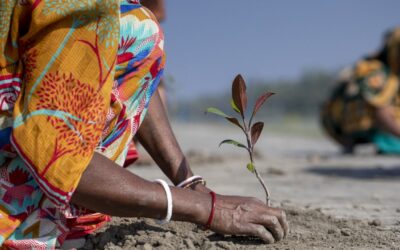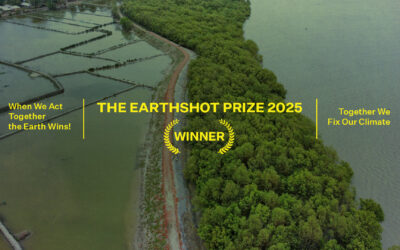Government of Bangladesh declares St. Martin’s and surrounding areas a Marine Protected Area
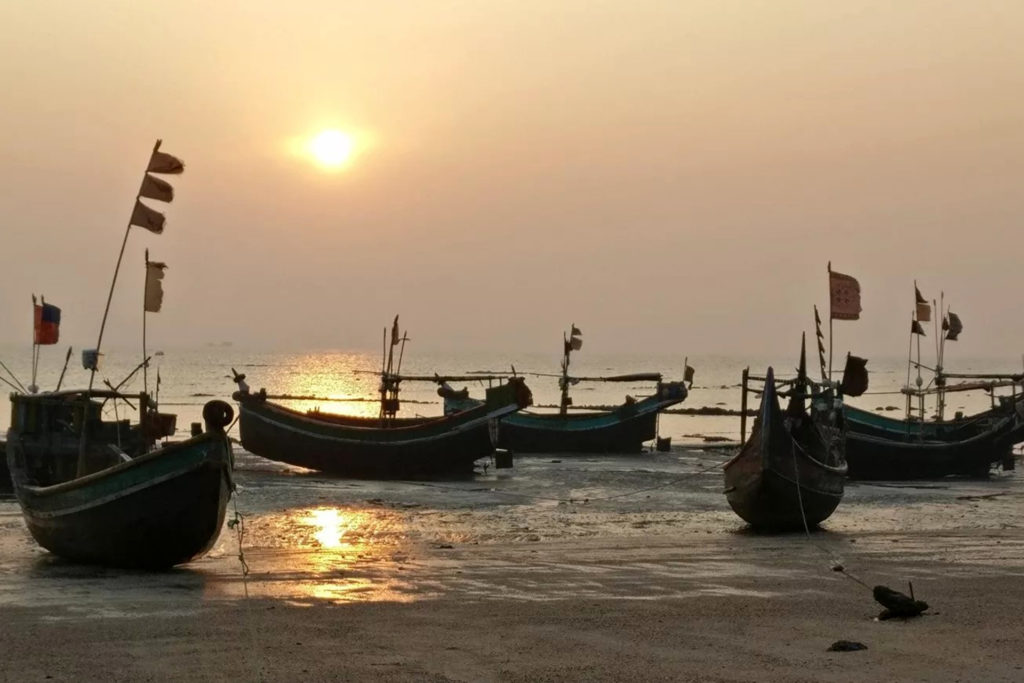
by RAEED ABD-ALLAH CHOWDHURY
February 15, 2022
Clean air, clear water and freshly-caught, locally-sourced food are a great draw for tourists to St. Martin’s Island, about 9 km from the Cox’s Bazar-Teknaf peninsula. What used to be part of the mainland broke off millennia ago, and now forms an archipelago of two islands. St. Martin’s and Chera Dwip are attached by a sliver of land that is often underwater during high tide, and form the very last point of Bangladesh’s land territory.
Only accessible from the mainland by boat, disconnected from the main electricity grid, scant on mobile phone network, and going by “island time” for all its services—they make for a perfect getaway from the hustle and bustle of modern life, and a digital detox for those wishing to disconnect.
However, the same factors that draw tourists are being destroyed by tourism. — More visitors negatively affect the local flora and fauna, pollute waters and result in overfishing in what is Bangladesh’s only coral island.
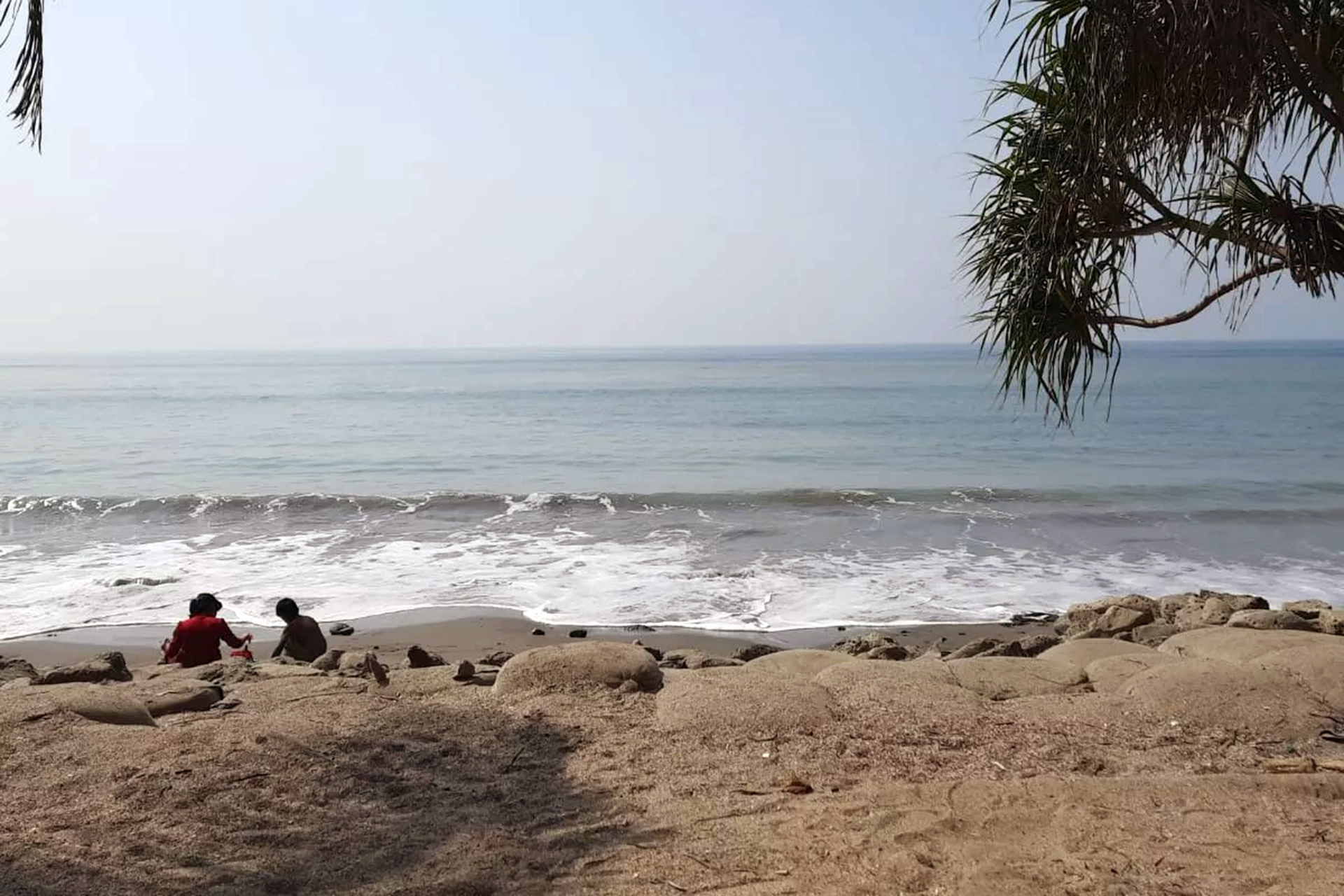

The Government of Bangladesh passed a bill on January 12 to protect the area. Around 1,743 sq km of the Bay of Bengal adjacent to St. Martin’s Island has been marked as protected area under sections 13(1) and 13(2) of the Wildlife Act-2012, by the Ministry of Environment, Forest and Climate Change (MoEFCC), making it the largest Marine Protected Area in the country. Previously, a total of 590 hectares area of the island was declared as Ecologically Critical Area (ECA) in 1999.
The move was appreciated by acclaimed, Oscar-winning Hollywood actor and environmental activist, Leonardo DiCaprio, on his personal Twitter account on January 21. In it, he said, “congrats to the Government of Bangladesh, local communities & NGOs on a newly established Marine Protected Area around Saint Martin’s Island that will protect an incredible community of biodiversity and provide key habitat for Bangladesh’s only coral reef.”
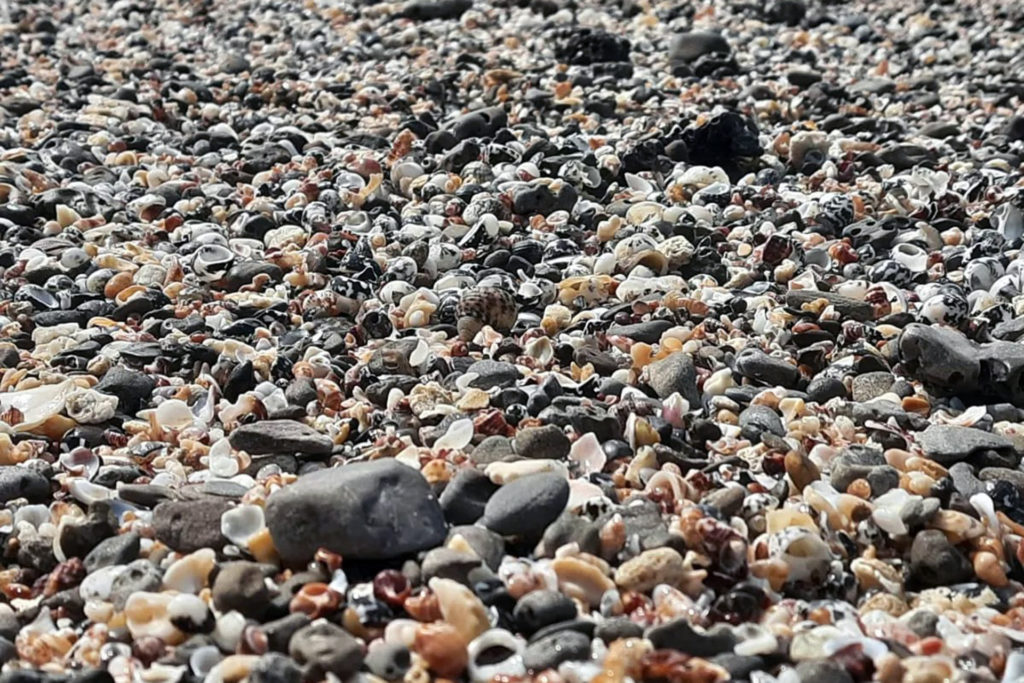
Research by the Department of Environment (DoE) with the assistance of the UNDP, found that the island has a number of eco-systems, coral rich areas, mangroves, lagoons and stony areas. The island was found to harbour 153 species of seaweed, 66 species of coral, 187 species of oysters, 240 species of fish, 120 species of birds, 29 species of reptiles and 29 species of mammals in 2010.
The new status is doubtless necessary to protect this biodiversity. However, Friendship’s conservation efforts in the south of have shown us that the involvement of local communities and governments is indispensable in the preservation of biodiverse ecosystems.
Friendship’s mangrove afforestation project, consisting of the largest privately-managed mangrove nurseries in the country, are an effort to stem the effects of salinity, tidal surges and flooding in the regions around Sundarbans—the largest mangrove forest in the world. The 100 hectares are nature-based solutions to combat climate change, and involve close collaboration between the local government and the local communities. Such cooperation is essential in the sustainability and longevity of climate-action projects.
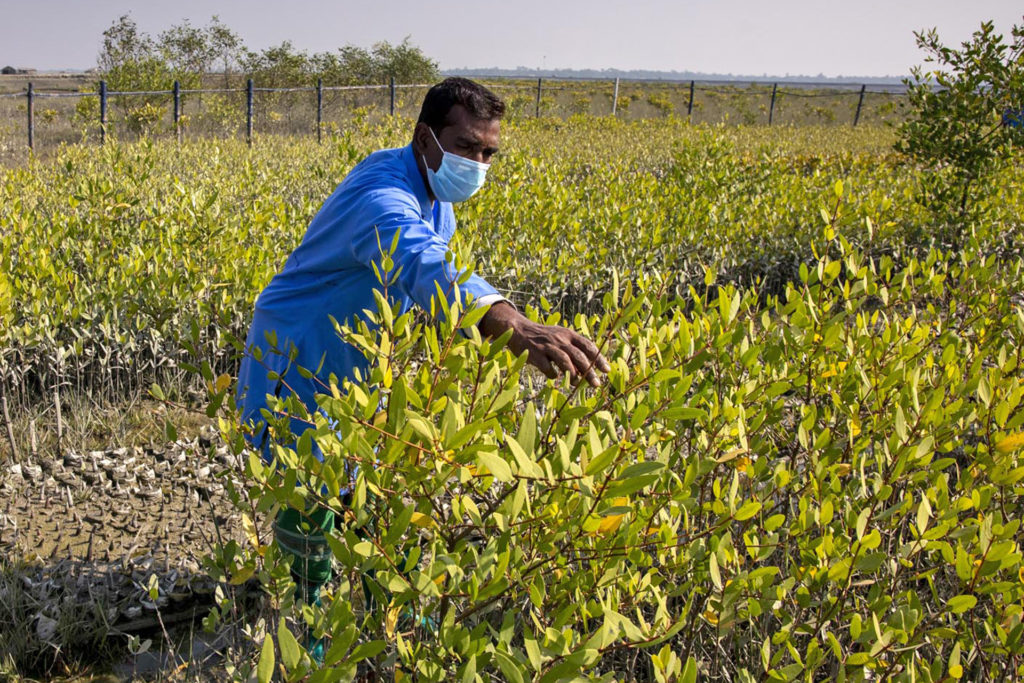
The MoEFCC said the decision to declare the Marine Protected Area was taken to help prevent uncontrolled ships and motorboats, overfishing, dumping of waste and harmful chemicals in the sea, destruction of coral colonies and depletion of the area’s biodiversity. According to The Wildlife Conservation Protection Act under which the declaration was made, no person shall harvest, destroy or collect any natural resources or disturb or threaten any wildlife, destroy their habitat and pollute watercourse. It will even restrict people from entering the area without permission from the authorities.
Though tourism is an important source of revenue both for the government and the local communities, it is always on the teetering edge of having lasting environmental damage, and undoing what makes these locations attractive in the first place. Tourism should, therefore empower communities, and not exploit them, while at the same time keeping the ecological effects in mind. The first-hand involvement of local communities in providing agency for themselves, while protecting their environment is what will ultimately protect St. Martin’s and other ecologically critical areas all over Bangladesh.


